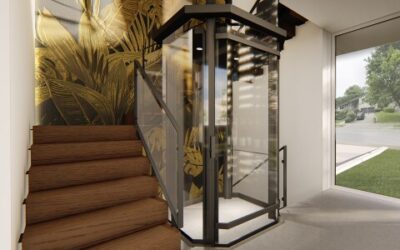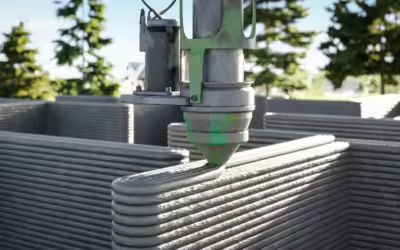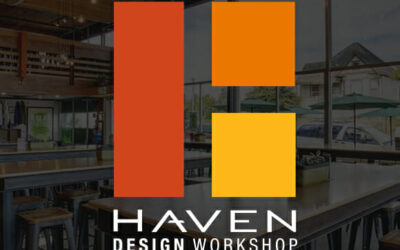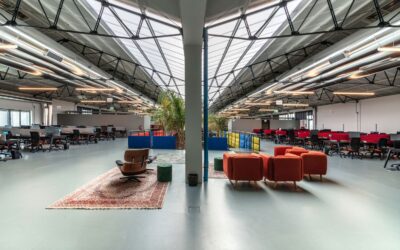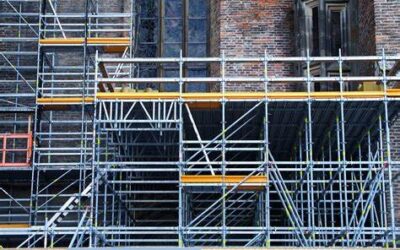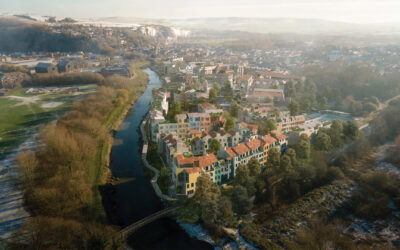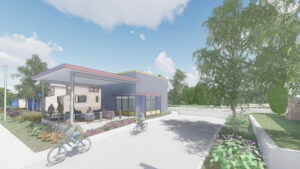 Architectural Visualization Simplified: A Client’s Guide
Architectural Visualization Simplified: A Client’s Guide
As a client navigating the world of architecture, understanding visualization techniques is essential. These visual tools help you envision your dream spaces before they become reality. Let’s explore two main approaches: hand-drawn renderings and photorealistic renderings, demystifying their purpose and benefits.
1. Hand-Drawn Renderings: The Artistic Prelude
What Are Hand-Drawn Renderings?
Hand-drawn renderings are like architectural sketches brought to life. They capture the essence of early design concepts, allowing you to visualize big ideas. Here’s why they matter:
- Concept Exploration: Imagine an artist’s canvas—hand-drawn renderings serve as the initial strokes. When materials are still undecided and creativity is at its peak, these sketches help you grasp the overall vision.
- Contextual Understanding: Exterior views, landscapes, and facades come alive through hand-drawn renderings. They show how your building will interact with its surroundings, considering factors like light, topography, and neighboring structures.
- Flexibility: Architects can quickly iterate and adjust hand-drawn renderings. It’s like molding clay—lines and forms evolve as ideas take shape.
2. Photorealistic Renderings: Bringing Reality to Pixels
What Are Photorealistic Renderings?
Photorealistic renderings are digital marvels. They create lifelike images that feel almost tangible. Here’s why they’re valuable:
- Detailed Clarity: For interiors, commercial spaces, and tenant improvements, photorealism shines. Imagine virtually walking through your future office, examining textures, lighting, and furniture placement.
- Material Realism: These renderings capture material properties—the warmth of wood, the sheen of marble, or the texture of fabric. You can make informed decisions based on accurate representations.
- Client Empowerment: Photorealistic renderings empower you. They allow you to see every nook and cranny, making design choices with confidence.
Balancing Art and Precision
Remember, both hand-drawn and photorealistic renderings play vital roles. Hand-drawn sketches ignite creativity, while photorealism provides clarity. Whether you’re envisioning a grand facade or fine-tuning an office layout, mastering these visualization techniques ensures a harmonious design journey.
Let us know if you want us to bring your ideas to life. In the meantime, here are some photorealistic images that our Keion Xavier recently produced to tune up his skills.


